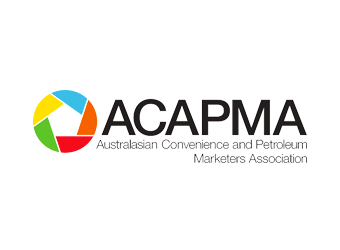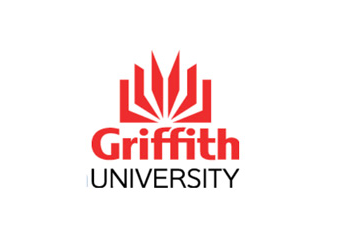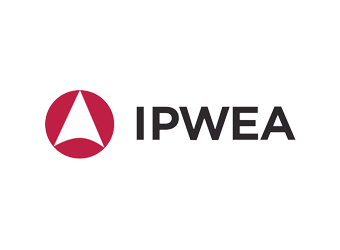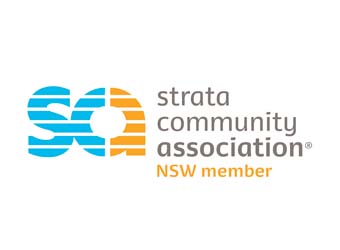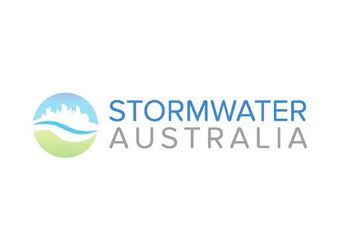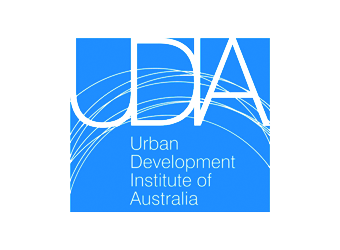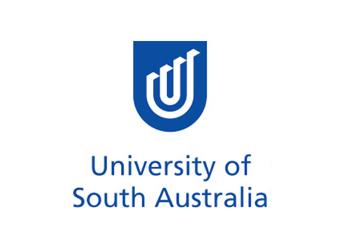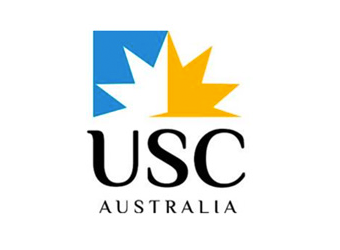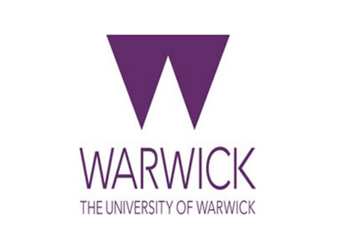Urbanisation & Impervious Surface
The urbanisation rate in Australia from 2010 to 2020 shows that 85% of the Australian population lives in cities.
As our cities grow, so do impervious surfaces which reduce the water infiltration rate and increase surface run-off. Understanding the direct relationship between impervious surfaces and stormwater runoff is important for urban planning, and the mitigation of flash flooding.
How The Water Cycle Works
The water cycle, also known as the hydrological cycle, is constantly moving and is the continuous exchange of water between land, water bodies, and the atmosphere. Essentially, there are seven key components of the water cycle – evaporation, condensation, precipitation, interception, infiltration, percolation, transpiration, runoff, and storage.When precipitation occurs, it moves via these different routes. A proportion of the water becomes surface water, travelling to oceans and lakes via tributary streams into larger river systems.The rapid growth of urbanisation in Australia combined with increased rain events has been a major contributor to flooding. Impervious cover and urban drainage systems increase runoff speed, which transports pollutants and sediment into our waterways. In highly urbanised areas over one-half of the rainfall becomes surface runoff and there is less infiltration of what should be occurring naturally.
Sustainable approaches to bringing back the natural balance of stormwater infiltration can be achieved through blue-green solutions and infrastructure. One way is to implement modern stormwater detention systems.
SPELChamber is an example of this form of infrastructure. An inground modular arch system, it is used for onsite detention, retention and infiltration. This system was recently constructed at Turner bus layover in the ACT to prevent frequent flooding and disruption to traffic flow.
The system holds up to 2 million litres of water and will release the water slowly once rainfall subsides. This project combined grey infrastructure with green, landscaping, trees and pervious footpaths to help restore natural filtration.
Other ways of restoring natural filtration are by creating blue infrastructure, ponds floodplains and floating wetlands like the SPEL Floating wetland recently constructed in Lake Tuggeranong of the Act Healthy Waterway program.
As our cities grow it is important that urban planning implements blue and green infrastructure to reduce and mitigate the impacts of flooding and emulate the natural filtration process to create a balance in the water cycle.





